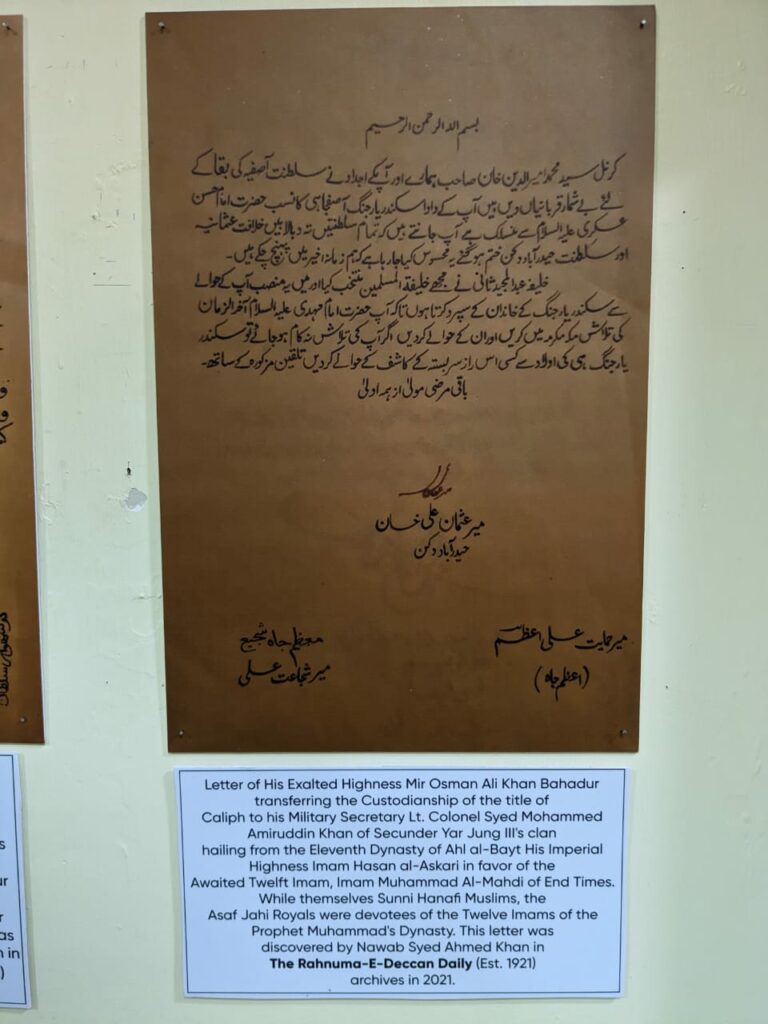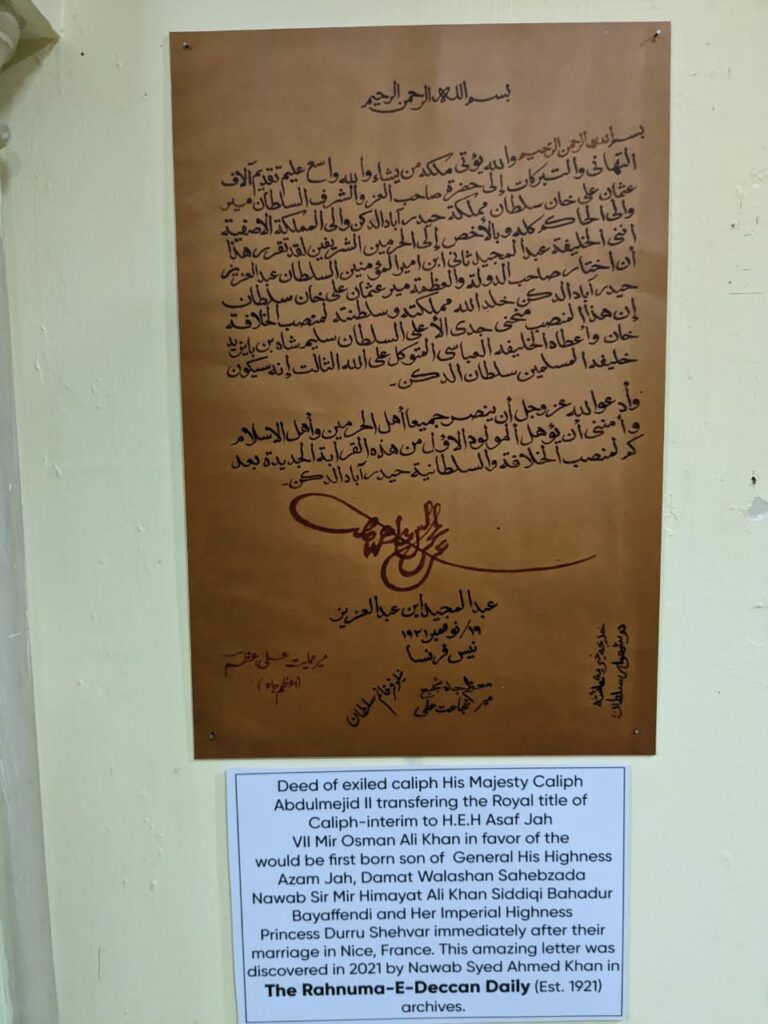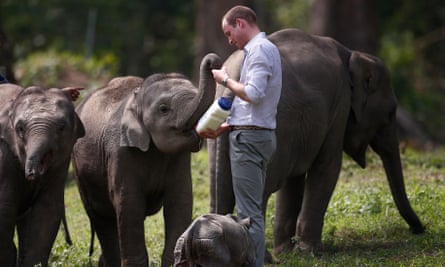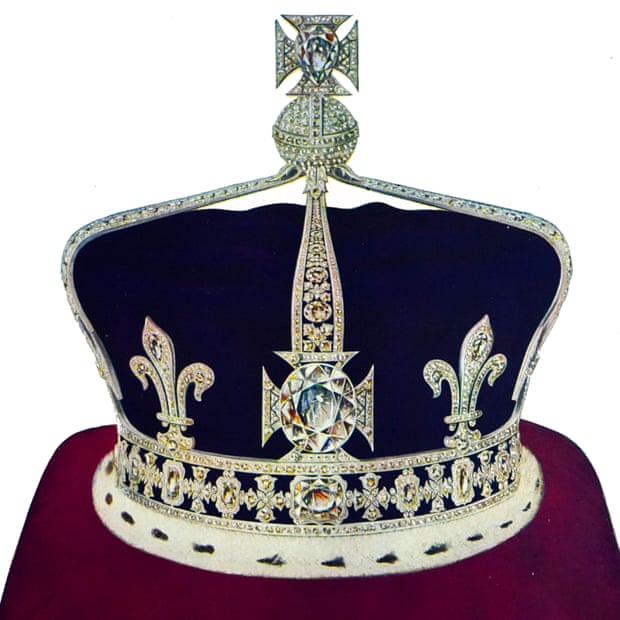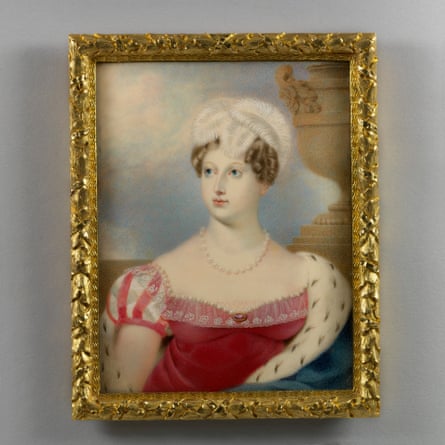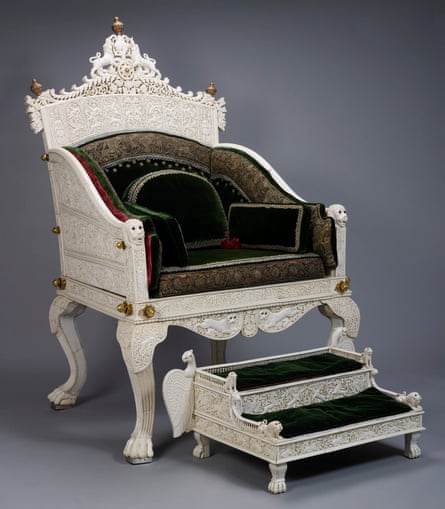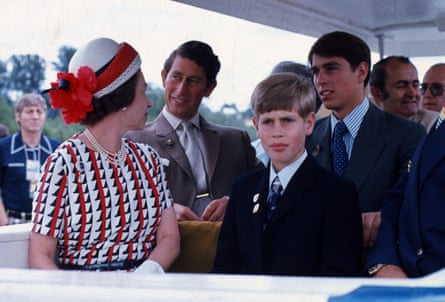[ad_1]
Washington: US National Security Advisor Jake Sullivan met the Saudi Crown Prince and his Indian and Emirati counterparts in Saudi Arabia during which they discussed bilateral and regional matters and their shared vision of a more secure and prosperous Middle East region interconnected with India and the world.
The meeting took place in Jeddah on Sunday, the White House said.
“National Security Advisor Jake Sullivan met with Saudi Prime Minister and Crown Prince Mohammed bin Salman, UAE National Security Advisor Sheikh Tahnoon bin Zayed Al Nahyan, and National Security Advisor of India Ajit Doval on May 7 in Saudi Arabia to advance their shared vision of a more secure and prosperous Middle East region interconnected with India and the world,” the White House said Sunday in a readout of the meeting.

“Sullivan also held bilateral meetings with the Crown Prince, Sheikh Tahnoon, and Mr Doval to discuss bilateral and regional matters. He looks forward to further consulting with Mr Doval on the margins of the Quad Summit later this month in Australia,” the White House said.
This is the first meeting between Doval and Sullivan after they launched the ambitious India US ICET (Initiative on Critical and Emerging Technology) dialogue here in January. Sullivan is currently travelling to Saudi Arabia.
With Crown Prince Mohammed, Sullivan reviewed significant progress in talks to further consolidate the now 15-month-long truce in Yemen and welcomed ongoing UN-led efforts to bring the war to a close, as well as covering a range of other issues.
“The four delegates agreed to maintain regular consultations and follow up on the matters discussed throughout the day,” the White House said.
The state-run Saudi Press Agency (SPA) on Monday reported the meeting between Sullivan and Crown Prince in Jeddah.
They discussed Saudi-US strategic relations and how to enhance them in various fields, as well as regional and international developments of common interest, the SPA reported.
Separately, the Crown Prince held another meeting with the deputy ruler of Abu Dhabi Sheikh Tahnoun and Indian national security adviser Doval, which Sullivan and the US delegation also attended, it said.
SPA reported that the meeting involved discussions of ways to strengthen ties between the respective countries in a manner that would enhance the growth and stability of the region.
Meanwhile, Axios, a Virginia-headquartered news company, reported that the US, Saudi, Emirati and Indian national security advisers were to discuss a possible major joint infrastructure project to connect Gulf and Arab countries via a network of railways that would also be connected to India via shipping lanes from ports in the region.
The project is one of the key initiatives the White House wants to push in the Middle East as China’s influence in the region grows, the report said. The Middle East is a key part of China’s ambitious Belt and Road Initiative (BRI) vision.
Launched in 2013 by President Xi Jinping, the BRI is a vast collection of development and investment initiatives that have been planned to link East Asia and Europe through physical infrastructure, significantly increasing China’s economic and political influence across the world.
A US official had said the project would be one of many topics discussed during the visit.
The idea for the new initiative came up during talks held over the last 18 months in another forum called I2U2, which includes the US, Israel, the UAE and India, the report quoted two sources as saying.
The forum was established in late 2021 to discuss strategic infrastructure projects in the Middle East.
“Nobody said it out loud but it was about China from day one,” a former senior Israeli official directly involved in early discussions on the issue told Axios.
Israel raised the idea of connecting the region through railways during the I2U2 meetings over the last year. Part of the idea was to use India’s expertise on such big infrastructure projects, the former Israeli official said.
The Biden administration in recent months expanded on the idea to include Saudi Arabia’s participation.
The initiative would include connecting Arab countries in the Levant and the Gulf via a network of railways that will also connect to India through seaports in the Gulf, the sources said.
The Indian, Emirati and Saudi embassies in Washington did not respond to requests for comment, Axios said.
Sullivan hinted at this initiative during his speech on Thursday at the Washington Institute for Near East Policy. “If you remember nothing else from my speech, remember I2U2, because you will be hearing more about it as we go forward,” he said.
Sullivan added the fundamental notion is to connect South Asia to the Middle East to the US “in ways that advance our economic technology and diplomacy.” He also said a number of projects are already underway “and some new exciting steps that we’re looking forward to undertaking in the months ahead.” Sullivan said in his speech that one of the pillars of the Biden administration’s strategy in the Middle East is regional integration.
Israel is not part of this initiative at the moment, but could be added to it in the future if efforts to further normalise relations in the region make progress, the source said.
(Except for the headline, the story has not been edited by Siasat staff and is published from a syndicated feed.)
[ad_2]
#NSA #meets #Saudi #Crown #Prince #Indian #Emirati #counterparts
( With inputs from www.siasat.com )




